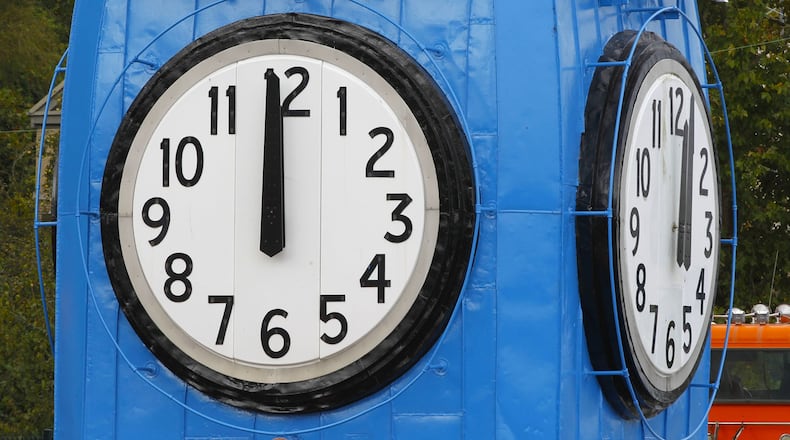Clocks officially go back at 2 a.m. Sunday to 1 a.m.
Daylight Saving Time was created to use daylight more efficiently and to conserve energy.
It was first adopted in the U.S. with the Standard Time Act of 1918. The wartime measure lasted for seven months during World War I.
In the United States, daylight saving is observed in only 48 states. Hawaii and Arizona are the exception.
Safety experts say the clock change also is a good opportunity to replace batteries on smoke and carbon monoxide detectors.
About the Author

